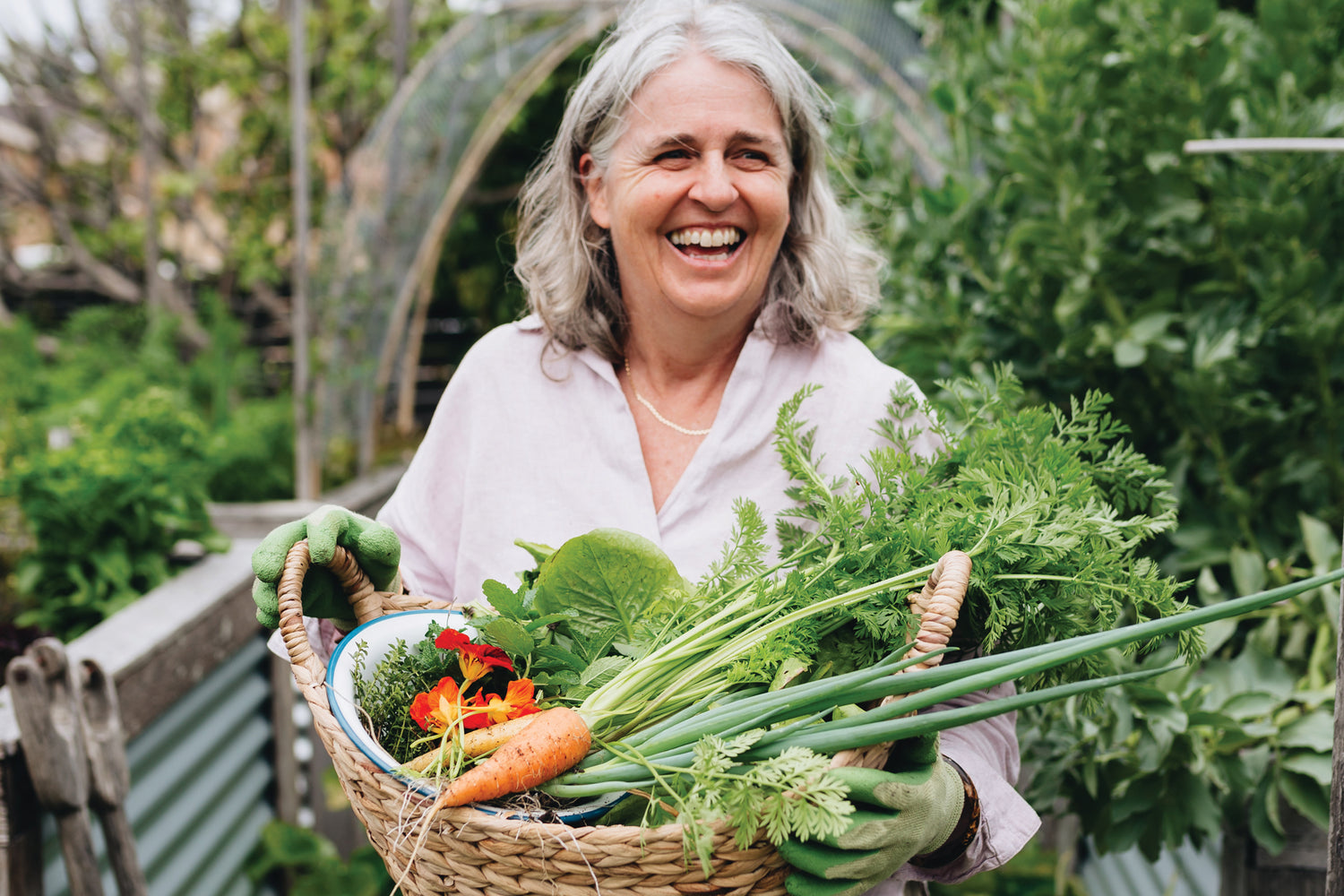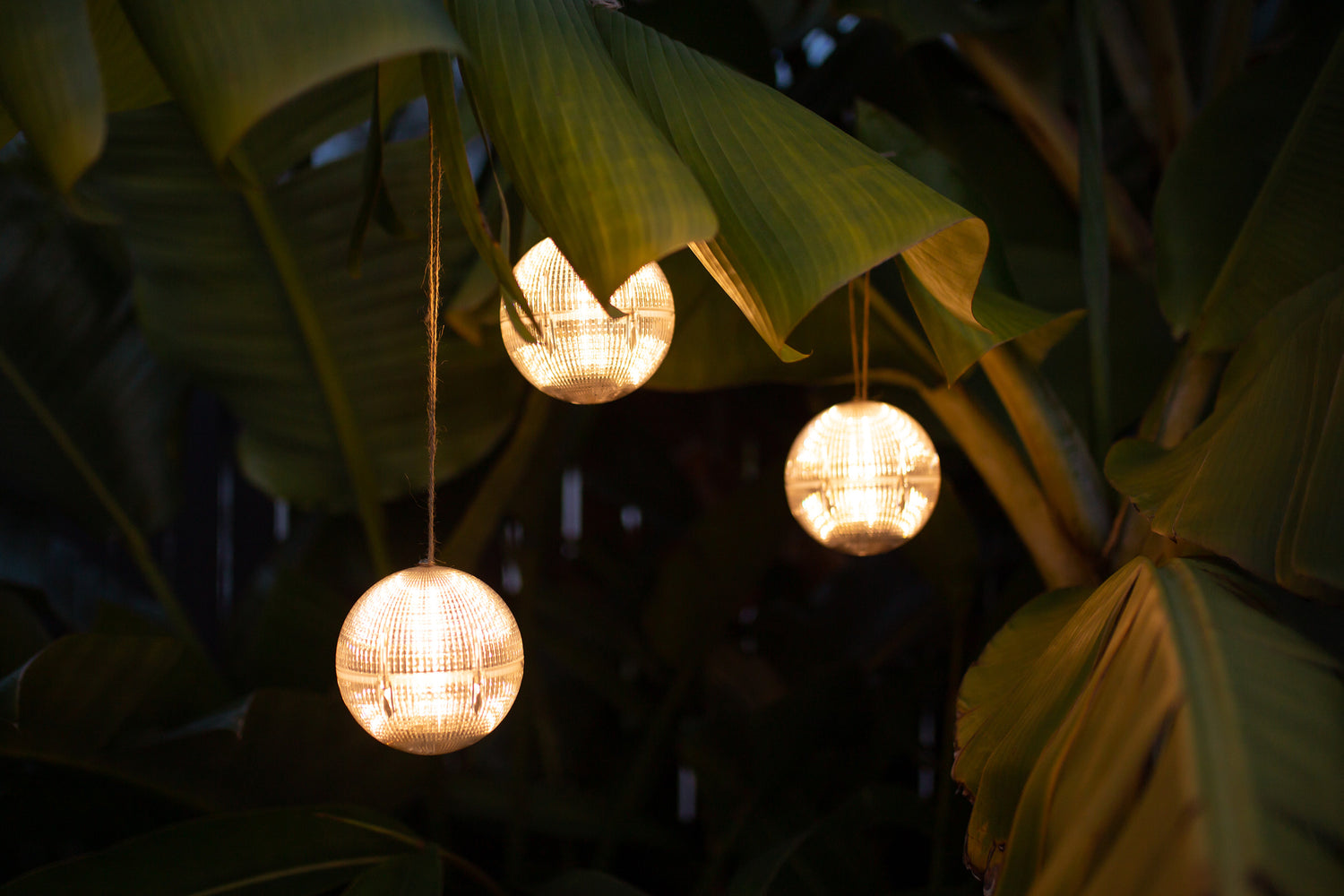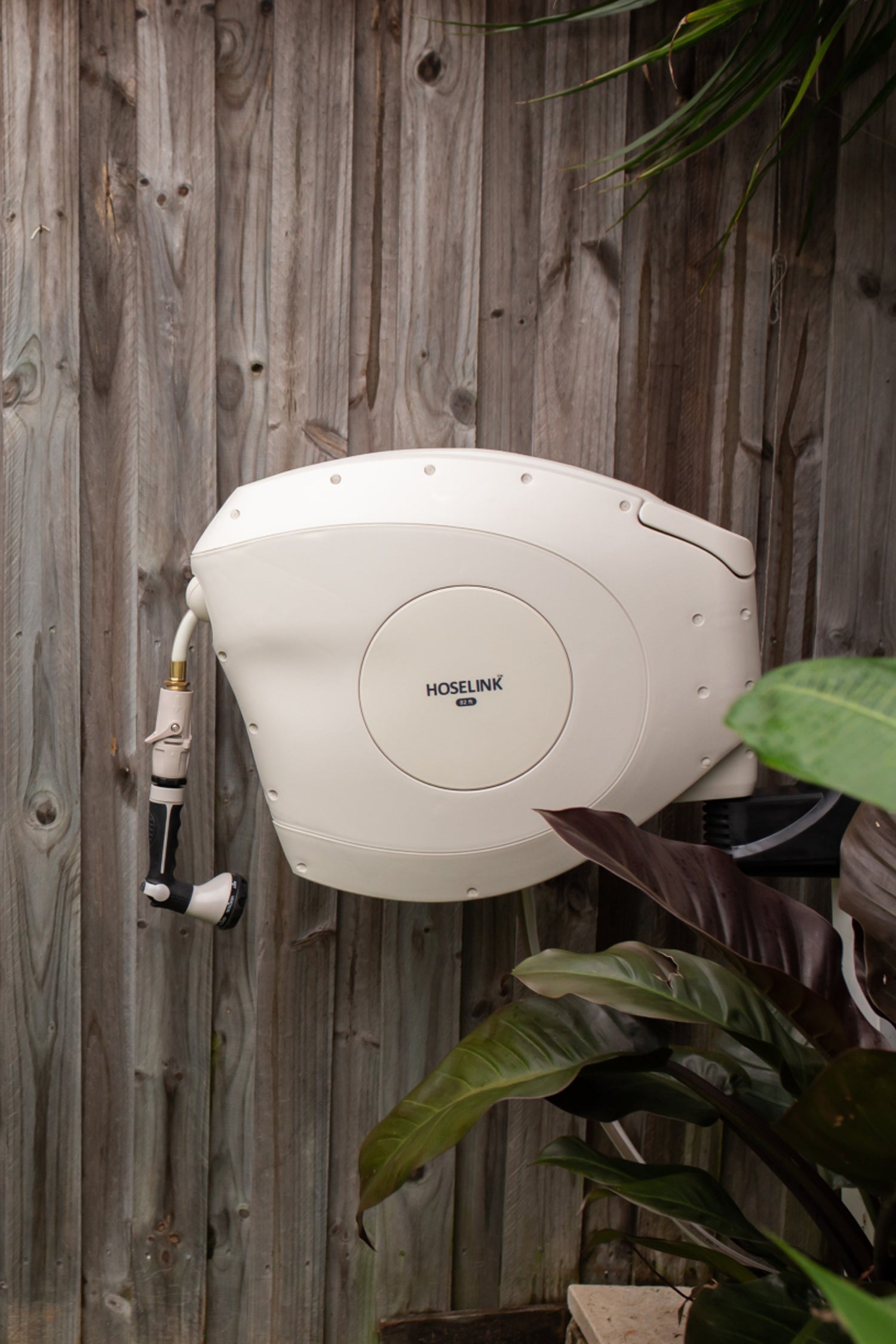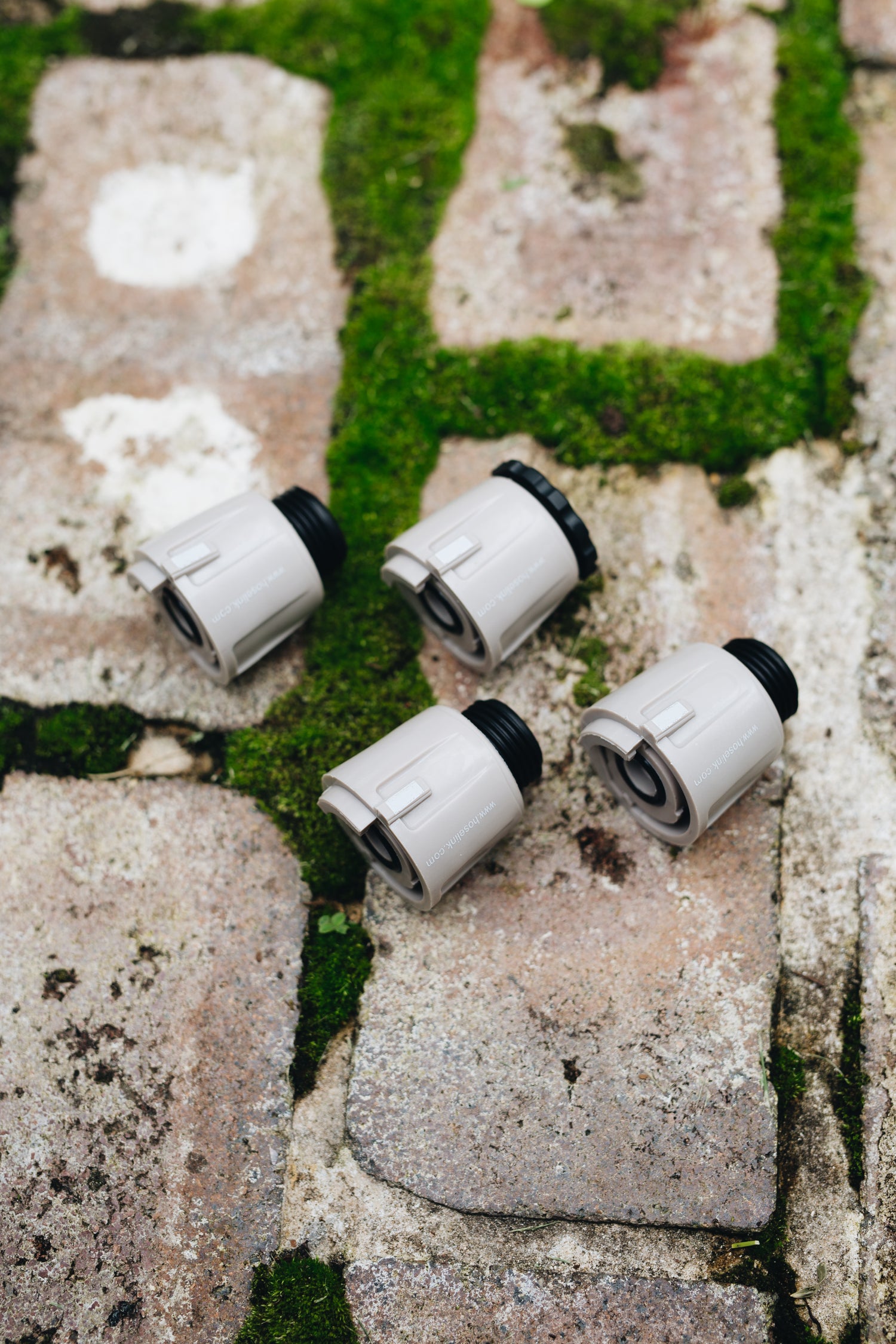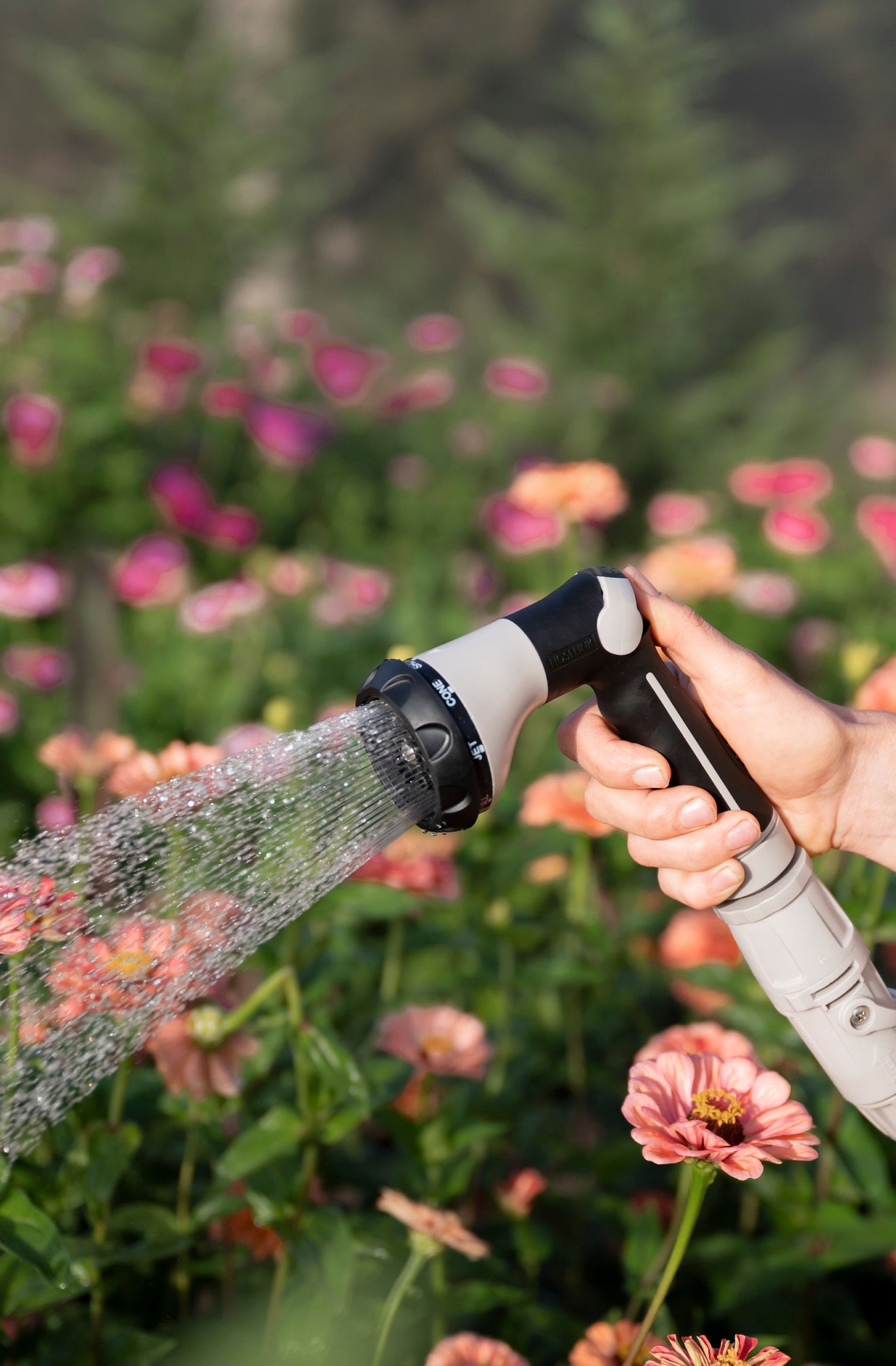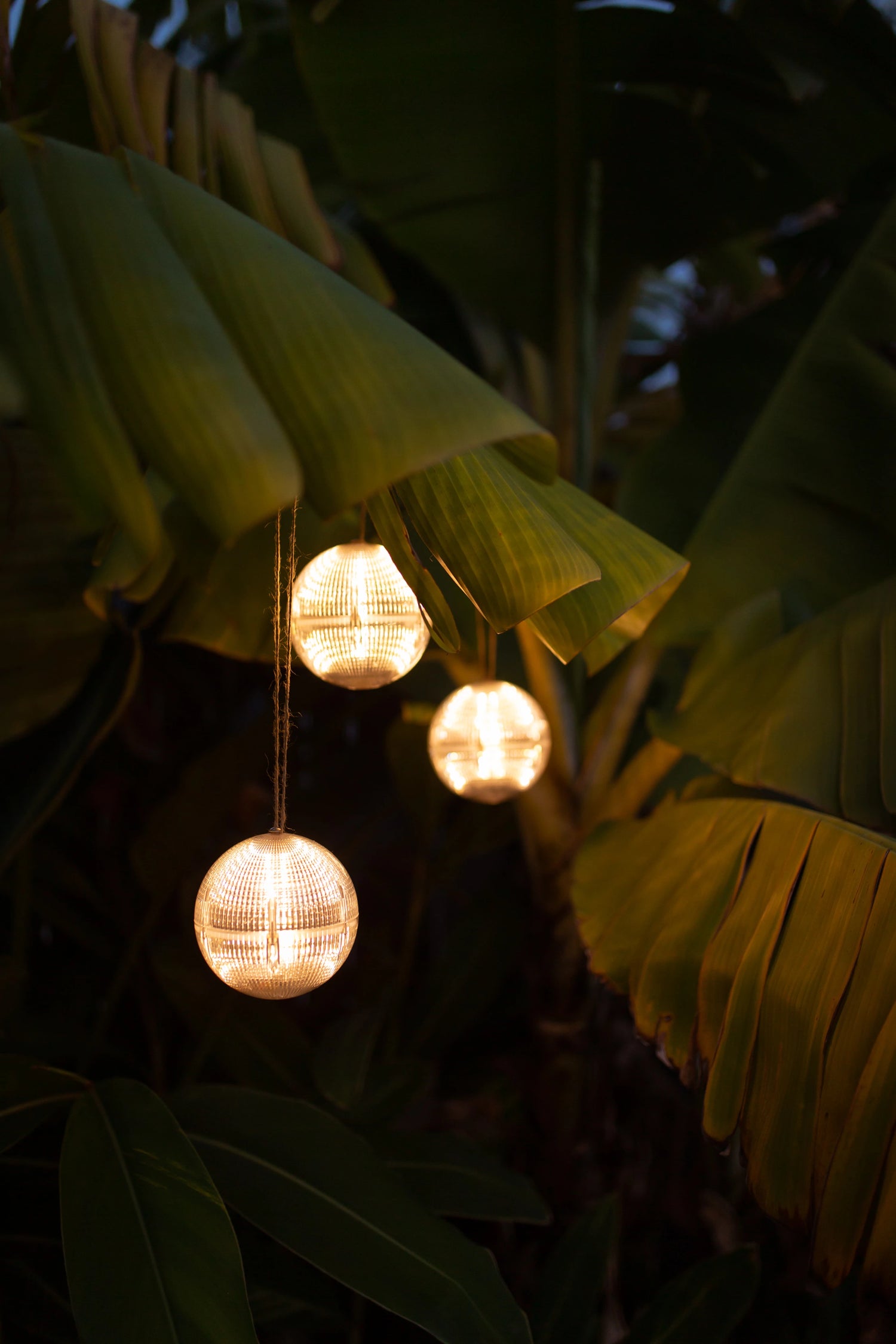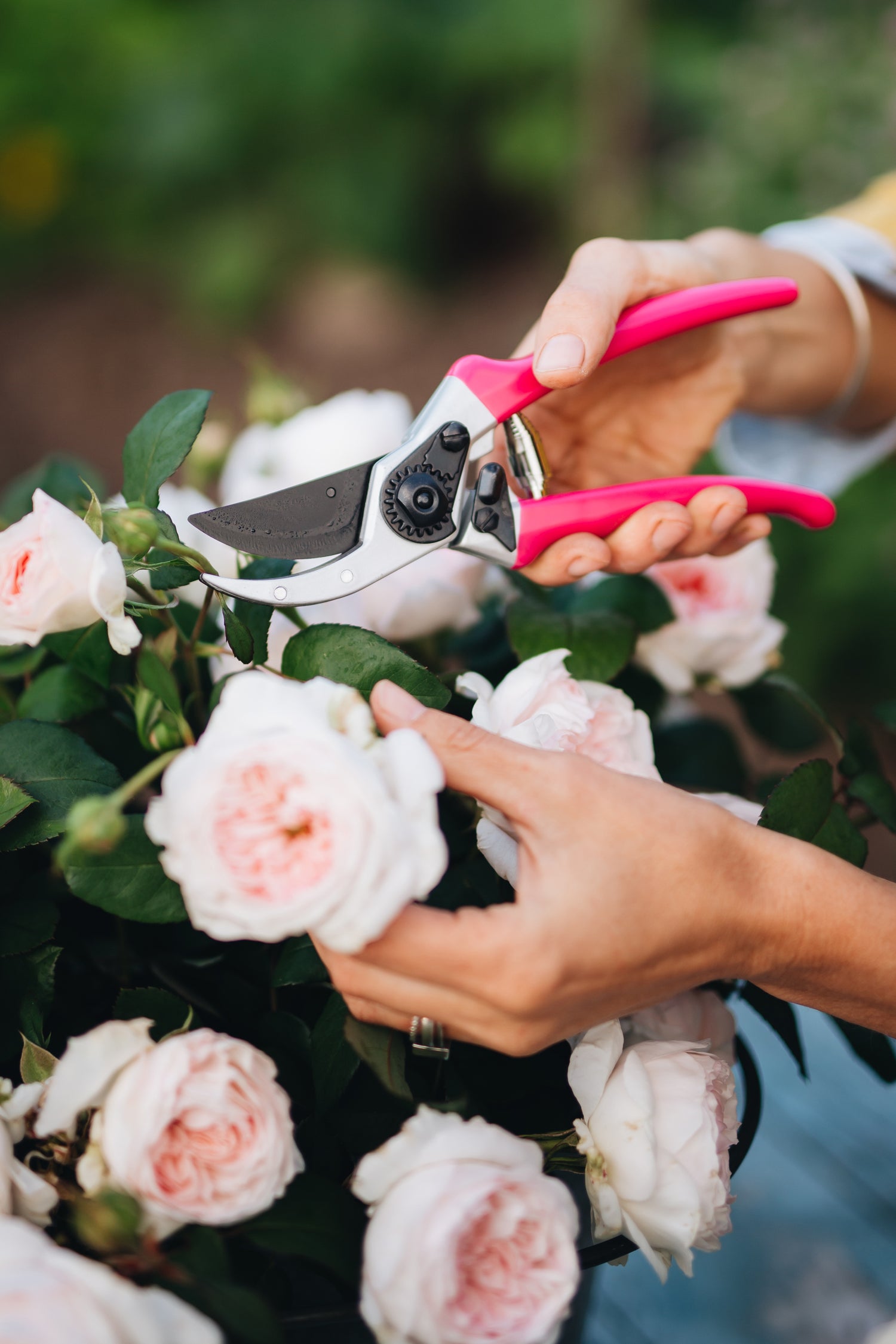As the leaves turn shades of orange, red, and gold, fall brings a unique opportunity for gardeners to harness nature's seasonal bounty. Instead of bagging fallen leaves and sending them off, why not use them to improve your garden? Here are some simple and eco-friendly DIY ways to repurpose autumn leaves that benefit your garden, helping it thrive year-round.
Benefits of Using Fall Leaves in the Garden
Before diving into specific techniques, it's helpful to understand why using leaves is great for your garden. Fall leaves are nature's gift to your garden. In warmer climates, such as zones 8-10, where winter frosts are less severe, leaves can be used throughout the year as a source of slow-release nutrients. In cooler zones, like 5-7, leaves help protect plant roots and improve soil health over the harsh winter months.
Fall leaves are:
- Rich in Nutrients: As they break down, leaves provide essential nutrients like nitrogen, phosphorus, and potassium that plants need.
- Free Mulch: Leaves help retain soil moisture, suppress weeds, and regulate soil temperature.
- Eco-Friendly: Instead of contributing to landfills, recycling leaves help reduce your waste footprint.

How to Turn Fall Leaves into Garden Gold
1. Leaf Mulch for Soil Insulation
One of the simplest ways to use fall leaves is as mulch. This is especially useful for gardeners in colder zones (like zones 5-7), where protecting soil from frost is essential.
Steps:
- Shred leaves using a lawn mower or leaf shredder. Shredded leaves break down faster and are less likely to mat together.
- Spread a 3-4 inch layer around trees, shrubs, and garden beds, keeping a few inches away from plant stems to prevent rot.
- The mulch will decompose over time, enriching the soil and improving its structure.
2. Compost with Fall Leaves
Leaves are a fantastic addition to your compost pile, providing the "brown" carbon-rich material necessary for a balanced compost mixture.
Steps:
- Start by collecting leaves and shredding them if possible.
- Layer them into your compost bin with "green" materials like kitchen scraps or grass clippings, following a 3:1 ratio (3 parts leaves to 1 part green material).
- Turn your compost every couple of weeks to speed up decomposition. By spring, you'll have nutrient-rich compost to feed your garden. For more information on composting and reducing food waste, visit the USDA Composting Guide or read our blog Composting for Beginners.
To make leaf collection and transport easier, consider using the Pop-Up Garden Bag or the Heavy Duty Planter Bag. Both bags are perfect for quickly gathering and moving large amounts of leaves, making your mulching and composting process more efficient and manageable. These sturdy bags are designed for durability, ensuring they can handle the weight of even the heaviest piles of leaves.

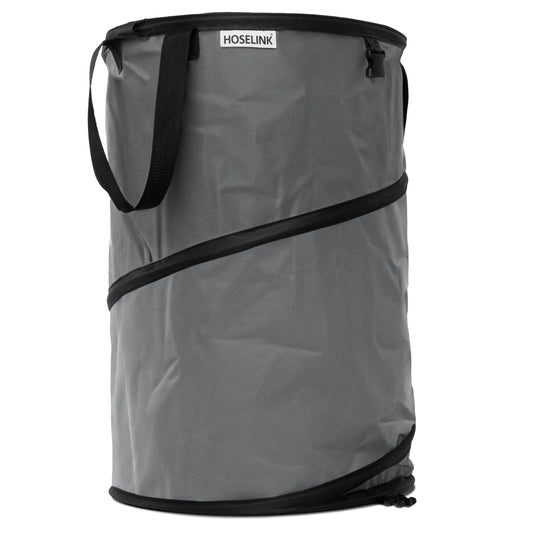
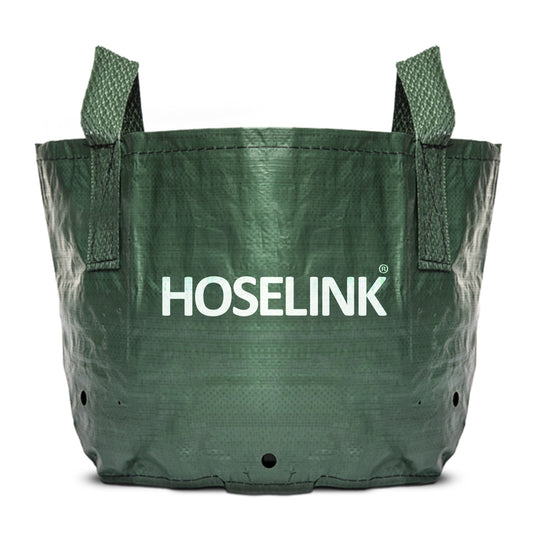
3. DIY Leaf Mold for Healthier Soil
Leaf mold is a type of organic matter made from decomposed leaves. It's excellent for improving soil structure, enhancing its ability to retain water—perfect for dry regions like garden zones 8 and 9.
Steps:
- Pile up leaves in a corner of your garden. Moisten the pile to jumpstart decomposition.
- Turn the pile every few months. After about 6-12 months, the leaves will break down into a crumbly, dark leaf mold.
- Spread this leaf mold over garden beds to improve moisture retention and soil aeration.
For quick and easy watering, use our Retractable Hose Reels to moisten your leaf pile efficiently. These reels make watering simple and hassle-free, offering a kink-free, leak-free, and stress-free experience. Plus, their automatic retracting system ensures your garden stays tidy.


4. Leaf Bedding for Wildlife
Fallen leaves are not just beneficial for plants but also for the ecosystem. Leaving some areas of your garden covered in whole leaves can create habitats for beneficial insects like ladybugs, beetles, and pollinators, offering them a place to overwinter.
Steps:
- Rake leaves into garden corners or under shrubs where they can remain undisturbed.
- These leaf piles will serve as shelters for insects and small critters while naturally decomposing.

5. Leaf Pathways: A Natural Walkway
If you're looking for a natural, rustic look in your garden, use leaves to create soft pathways.
Steps:
- Rake up a thick layer of leaves and spread them in designated walking paths between garden beds.
- Compact the leaves slightly with your feet. Over time, they'll break down, but you can keep refreshing the paths throughout the fall season.
For an extra touch of ambience, consider adding Solar Garden Path lights to the edges of your leaf-covered paths. These lights highlight the natural beauty of your garden and provide functional illumination for safety during the early evenings of fall.

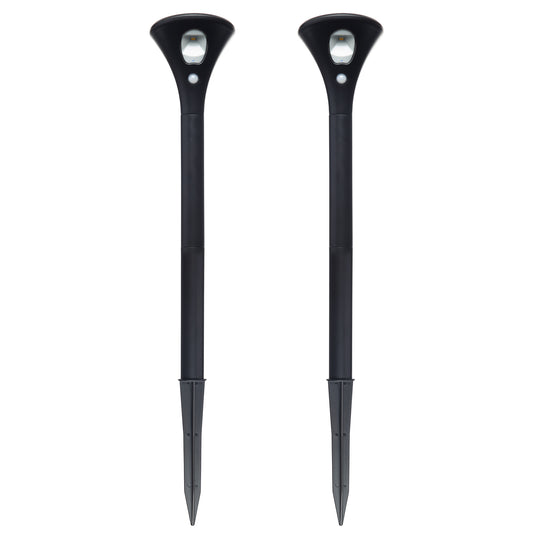
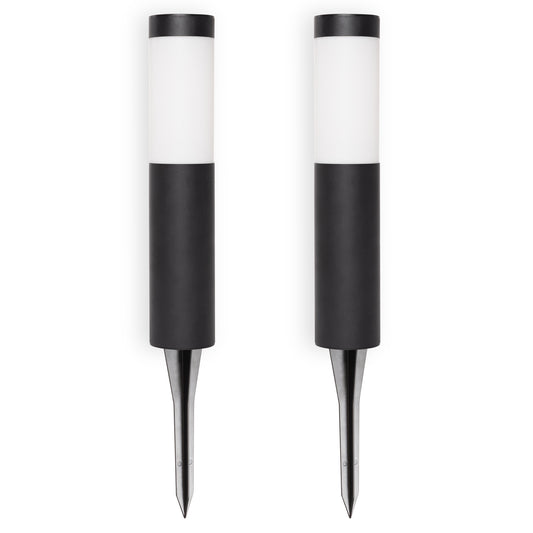
Mulch Leaves Into Your Lawn
Mulching leaves into your lawn is an efficient way to recycle fall debris while enriching your soil. Instead of raking and bagging, you can mow over the leaves, shredding them into small pieces that decompose and nourish your grass.
Steps:
- Adjust your mower to its highest setting. If possible, use a mulching blade to better shred the leaves.
- Pass over the leaves once or twice, aiming to reduce them into small, dime-sized pieces.
- If you have too many leaves in one area, spread them out before mulching.
- Leave the shredded leaves on your lawn, where they will break down naturally over the winter and provide nutrients to the soil.
Consider Your Gardening Zone
Not all regions in the U.S. experience fall the same way. Whether you're gardening in the warmer southern regions of zones 8-10, where mild winters allow for year-round gardening, or in the cooler northern zones of 5-7, where fall preparation is key for the cold months ahead, using fall leaves in your garden can help you save money, reduce waste, and create a healthier environment for your plants.
Happy fall gardening! 🍁


